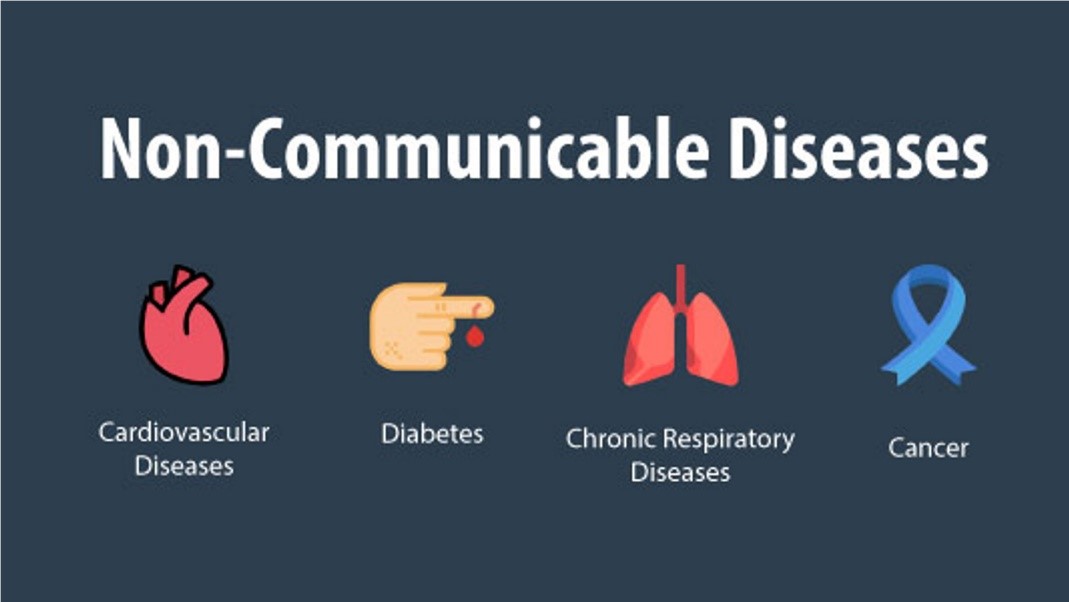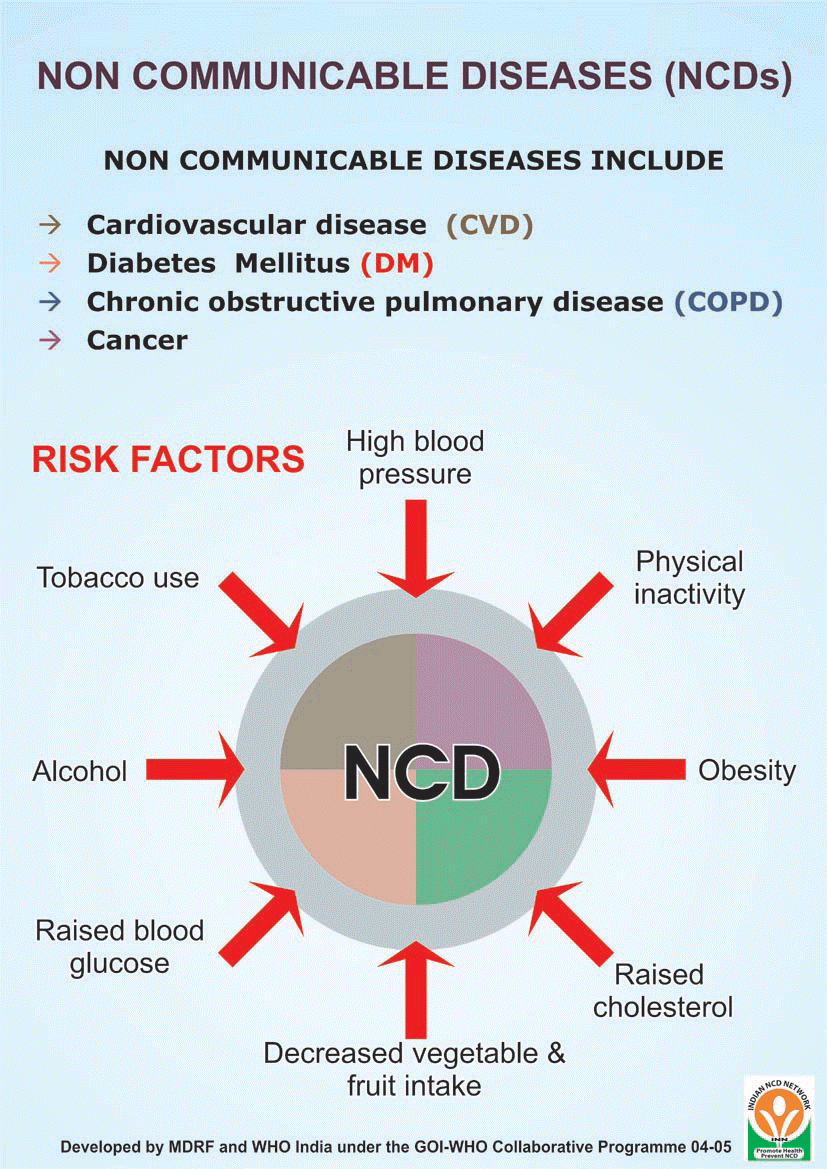Description

Disclaimer: Copyright infringement not intended.
Context
- The new national estimates for diabetes and other non-communicable diseases (NCD) shows that 31 million more Indians became diabetic in four years (2019-2021).
NCDs
- Noncommunicable diseases (NCDs), also known as chronic diseases, tend to be of long duration and are the result of a combination of genetic, physiological, environmental and behavioural factors.
- The main types of NCD are cardiovascular diseases (such as heart attacks and stroke), cancers, chronic respiratory diseases (such as chronic obstructive pulmonary disease and asthma) and diabetes.
- NCDs disproportionately affect people in low- and middle-income countries, where more than three quarters of global NCD deaths (31.4 million) occur.

What were the recent findings?
- In 2021, a study found that India has 101 million people with diabetes and 136 million people with prediabetes.
- Additionally, 315 million people had high blood pressure; 254 million had generalised obesity, and 351 million had abdominal obesity.
- 213 million people had hypercholesterolemia (wherein fat collects in arteries and puts individuals at greater risk of heart attack and strokes) and 185 million had high low-density lipoprotein (LDL) cholesterol.
- The decade-long nationwide study was funded by the Indian Council of Medical Research and Department of Health Research, Ministry of Health and Family Welfare and co-ordinated by the Madras Diabetes Research Foundation.
- The results of the study are to be published in The Lancet Diabetes and Endocrinology journal.
What is the significance of the study?
- The study is the first comprehensive epidemiological research paper which includes participants from 31 States and some Union Territories, with a large sample size of 1,13,043 individuals. There are two big trend indicators in the study.
- First, diabetes and other metabolic non-communicable diseases, such as hypertension, obesity and dyslipidemia are much more common than estimated previously in India and second, while currently urban regions had higher rates of all metabolic NCDs than rural areas, with the exception of prediabetes, rural India will see a diabetes explosion in the next five years if left unregulated.
- The study also highlights interstate and inter-regional variations. The highest diabetes prevalence was found in Goa, Puducherry and Kerala. While prediabetes was prevalent in Sikkim, hypertension was highest in Punjab. Generalised obesity and abdominal obesity were highest in Puducherry, while Kerala had high hypercholesterolemia and high LDL cholesterol.
- The lowest prevalence of NCDs was found in U.P., Mizoram, Meghalaya and Jharkhand. This cross-sectional, population-based survey of adults aged above 20 years, across the country uses a stratified, multistage sampling design in the study titled — “Metabolic non-communicable health report of India-the ICMR-INDIAB National Cross-sectional Study.”
- While the diabetes epidemic is stabilising in the more developed States of the country, it is still increasing in most of the other States. Thus, there are serious implications for the nation, warranting urgent State-specific policies and interventions to arrest the rapidly rising epidemic of metabolic NCDs in India.
How does this study impact India?
- While India in the past four years has substantially added to its burden of diabetics and hypertensive persons with generalised and abdominal obesity, the study gives us an early warning that if not controlled, this population is predisposed to NCDs and life-altering medical conditions including strokes.
- Experts have explained that India is facing the dual problem of malnutrition and obesity. There is availability of surplus food, but after being exposed to fast foods, a lack of sleep, exercise and stress creates a perfect setting for NCDs to latch-on.
What is the way forward?
- The answer to this developing pandemic, is in wellness and in having a lifestyle that encompasses healthy diet and exercise. NCDs have also been one of the major concerns of the Health Ministry.
- It has identified the four major NCDs — cardiovascular diseases, cancers, chronic respiratory diseases and diabetes. They all share four behavioural risk factors — unhealthy diet, lack of physical activity, and use of tobacco and alcohol.
- Programmes have been brought in to strengthen health infrastructure, human resource development, health-promotion and awareness-generation for prevention, early diagnosis and ensuring referrals to appropriate healthcare facilities for treatment of NCDs.
|
PRACTICE QUESTION
Q. What are Non-communicable diseases? What is the status of NCDs in India? Explain.
|

https://epaper.thehindu.com/ccidist-ws/th/th_delhi/issues/39875/OPS/G5KBC4NP3.1.png?cropFromPage=true

















